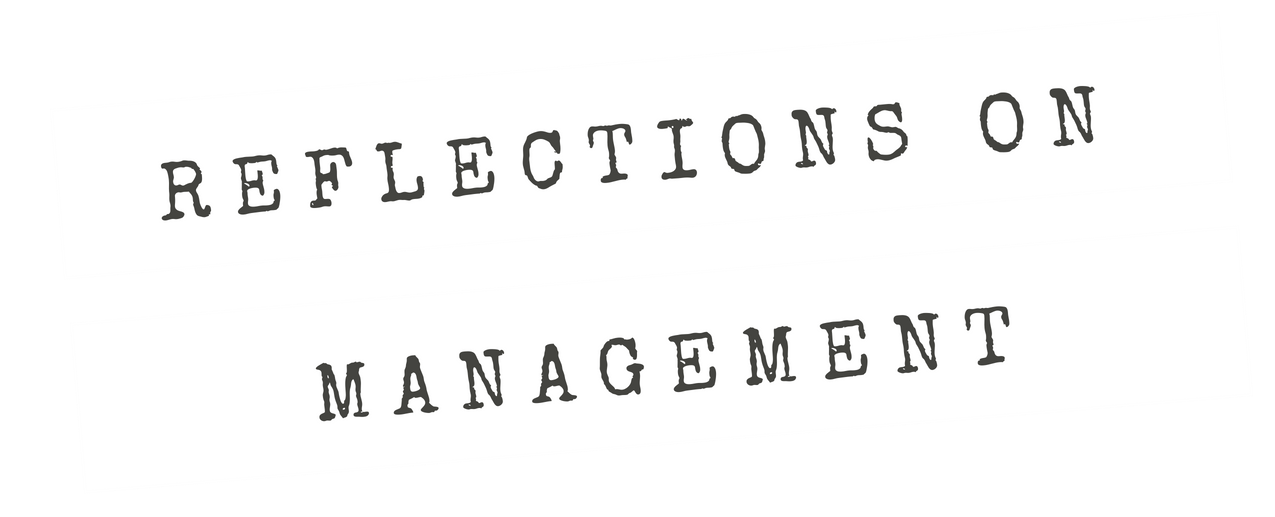The standing narrative is the entire story of the organization, from inception to cessation, warts and all. … And then there [are] the shorter-term, focused narratives which I would classify as interventions into the standing narrative
Season 2, Episode 4
A prominent scholar and practitioner in strategic communication said to a conference of military communication specialists, “The enemy is fast, flexible, and more attuned to the cultures where they operate. We talk Narrative, but Narrative is where they beat us.” While the ‘we’ and ‘they’ in this context were adversaries in the war of ideas regarding violent extremism, they could have been any organizations in a competitive situation. Some organizations are simply better at telling their stories and aligning words and actions better than others.
My view, drawn from experience, is that organizations lose when their attempts at ‘narrative’ are narrowly focused on what stakeholders want, and then force fed to organizational members whose behaviors remain unchanged (and who might reject the message). That’s not how one properly uses ‘narrative.’ So what is proper? I sift through varying definitions of narrative in this episode and offer my own construct — that there are two types that serve vastly different purposes.
Works Mentioned:
Eder, M. K. (2011). Leading the narrative: The case for Strategic Communication. Annapolis, MD: Naval Institute Press.
Laity, M. (2010). Strategic communications. In A. Aykut Ömcü, Troy Bucher, and Osman Aytac (eds.), Strategic Communications for Combating Terrorism. NATO Centre for Strategic Communication.
Ryan, M. L. (2007). Toward a definition of narrative. In Herman, D., & Herman, R. D. (Eds.), The Cambridge companion to narrative, 22-35. Cambridge University Press.
Schneider Jr, W. (2004). Report of the Defense Science Board Task Force on strategic communication. Washington: Office of the Under Secretary of Defense for Acquisition, Technology, and Logistics, 40.


